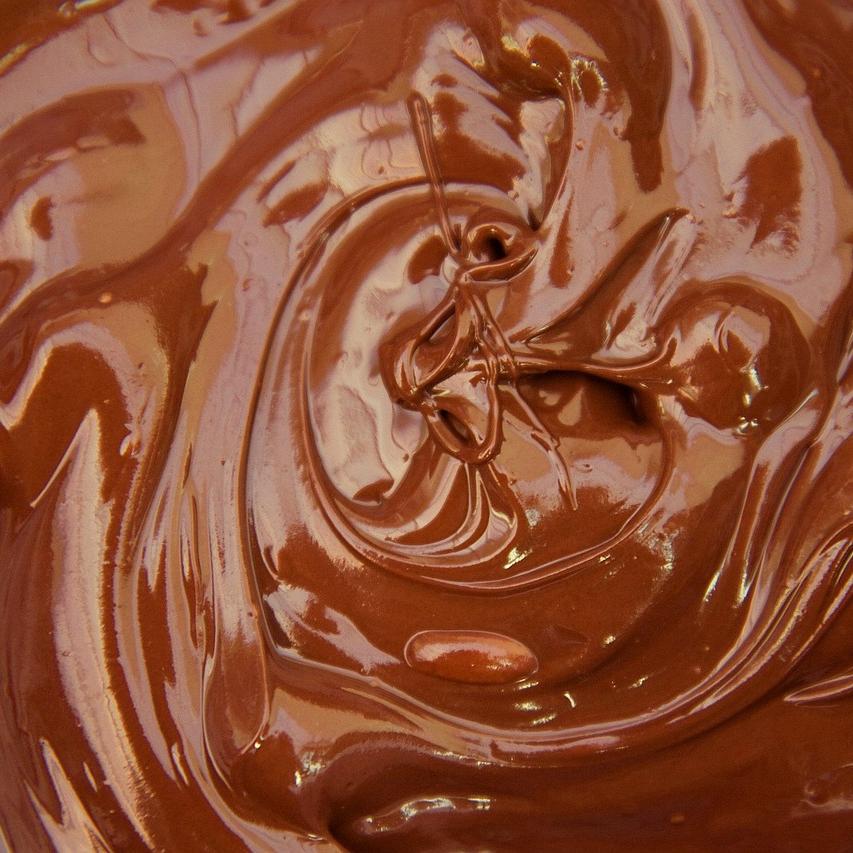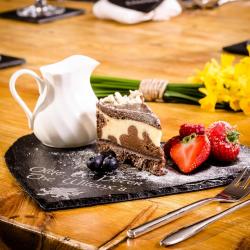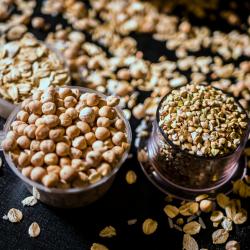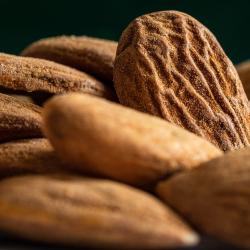Understanding the Art of Tempering Chocolate for Smooth, Glossy Results
Tempering chocolate is a critical skill for anyone who wants to make professional-quality chocolate confections. Whether you're a professional chocolatier or a home baker looking to elevate your dessert game, mastering the art of tempering can transform your culinary creations. In this guide, we'll explore what tempering is, why it's important, and how to achieve perfectly tempered chocolate.
What is Tempering?
Tempering is the process of carefully heating and cooling chocolate to stabilize the cocoa butter crystals. This process ensures that the chocolate has a glossy finish, a firm texture, and a satisfying snap when broken. Untempered chocolate, on the other hand, can appear dull, be prone to melting, and result in a less appealing mouthfeel.
Why Temper Chocolate?
The primary reasons for tempering chocolate are appearance, texture, and stability:
-
Appearance: Tempered chocolate has a shiny, glossy finish that is visually appealing. This sheen is essential for chocolate molds, coatings, and garnishes.
-
Texture: Properly tempered chocolate has a smooth, firm texture. It breaks with a clean snap and melts evenly in the mouth, offering a superior taste experience.
-
Stability: Tempered chocolate is more resistant to melting and can hold its shape at room temperature. It also resists "blooming," where fats or sugars rise to the surface, causing unsightly white or grayish streaks.
The Science Behind Tempering
Tempering involves controlling the formation of cocoa butter crystals within the chocolate. Cocoa butter can crystallize in several forms, but only one—Form V—results in the desired characteristics of tempered chocolate. The process involves:
- Melting: Heating the chocolate to a high enough temperature to melt all forms of cocoa butter crystals.
- Cooling: Raising the initial temperature to allow specific stable (Form V) crystals to form as the chocolate cools.
- Reheating: Slightly warming the chocolate to melt any unstable crystals while keeping the Form V crystals intact.
How to Temper Chocolate
Tempering can be done using several methods, each requiring attention to detail and practice to master. The three primary methods are seeding, tabling, and using a tempering machine.
1. Seeding Method
The seeding method is one of the easiest ways for beginners to temper chocolate:
- Melt two-thirds of your chocolate over a double boiler to a temperature of about 115°F (46°C) for dark chocolate, 110°F (43°C) for milk chocolate, or 105°F (40°C) for white chocolate.
- Remove from heat and gradually add the remaining one-third of un-melted chocolate, stirring continuously to cool and incorporate.
- Check the temperature: Dark chocolate should cool to 82-84°F (28-29°C), milk to 80-82°F (27-28°C), and white to 78-80°F (25-26°C).
- Reheat gently to working temperature: about 88-90°F (31-32°C) for dark chocolate and 86-88°F (30-31°C) for milk and white chocolate.
2. Tabling Method
This technique involves cooling chocolate on a marble slab:
- Melt chocolate to the initial melting temperature.
- Pour two-thirds of the melted chocolate onto a clean, dry marble surface.
- Use a spatula to spread and fold the chocolate to cool it down, monitoring the temperature closely.
- When the chocolate reaches the right cooling temperature, return it to the bowl with the remaining one-third. Mix thoroughly and gently warm to the working temperature.
3. Tempering Machines
Investing in a tempering machine can save time and ensure consistency, particularly for frequent chocolate work. These machines automate the heating, cooling, and reheating stages, maintaining chocolate at the perfect temperature for extended periods.
Testing for Temper
Always test before using tempered chocolate. Dip a spoon or knife into the chocolate and let it sit at room temperature. If it hardens quickly with a glossy finish and no streaks, your chocolate is perfectly tempered.
Practice Makes Perfect
Achieving perfectly tempered chocolate takes practice. Even experienced chocolatiers can encounter challenges due to temperature fluctuations or humidity. However, with patience and persistence, the technique becomes intuitive, leading to flawless chocolate creations every time.
Conclusion
Tempering chocolate is both an art and a science, offering a rewarding challenge for those passionate about food preparation. By understanding the nuances of temperature control and crystallization, you can create desserts that are as stunning to look at as they are delightful to taste. Whether crafting a chocolate bar, coating truffles, or creating intricate molds, the results of well-tempered chocolate are undeniably worth the effort.





















